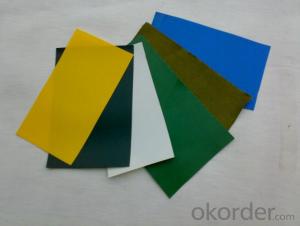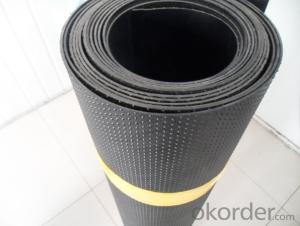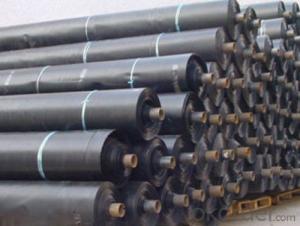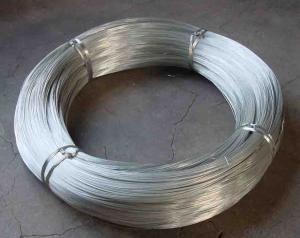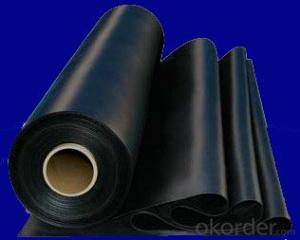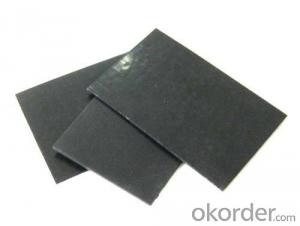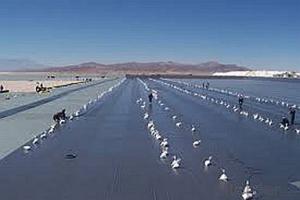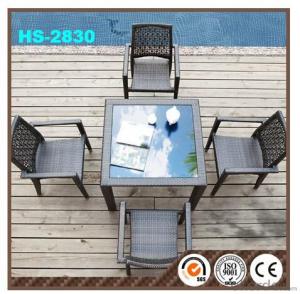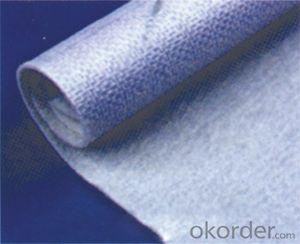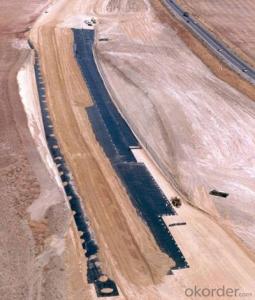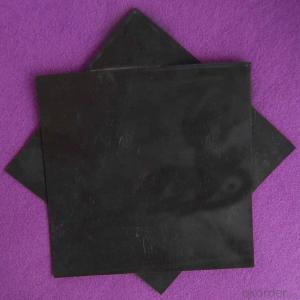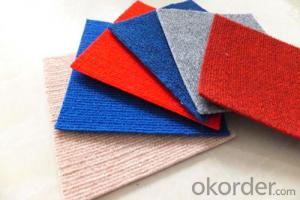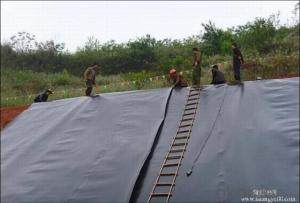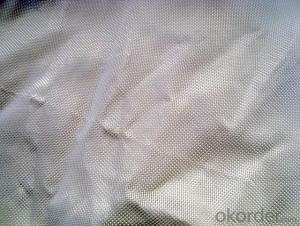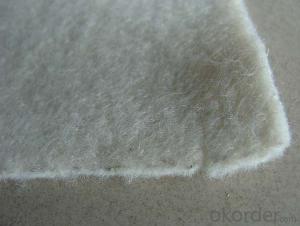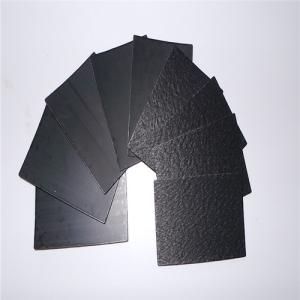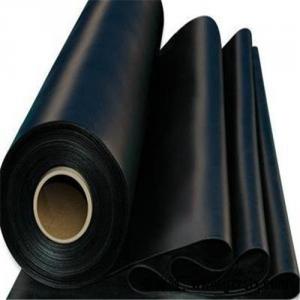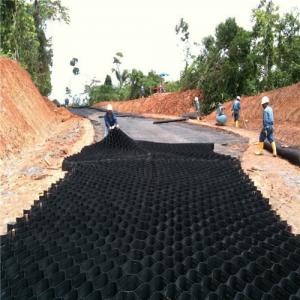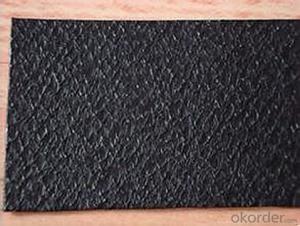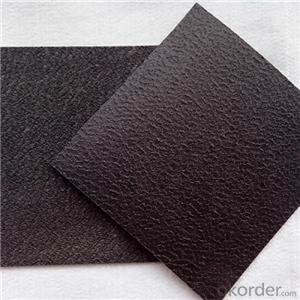Geomembrane Philippines
Geomembrane Philippines Related Searches
Blu Ray Player With Internet Geomembrane In Pakistan 30 Mil Pvc Geomembrane Pvc Geomembrane Specifications Pvc Geomembrane Geomembrane Machine Plastic Geomembrane Nonwoven Wallpaper Geomembrane Material Geomembrane FabricHot Searches
Geomembrane For Sale China Pvc Geomembrane China Geomembrane Roll Sheet Hdpe Geomembrane Sheet Price Hdpe Geomembrane China China Geomembrane Geomembrane China Hdpe Geomembrane Price Geomembrane Price Wholesale Hdpe Geomembrane Roll Geomembrane Factory Wholesale Liner Hdpe Geomembrane Wholesale Geomembrane Hdpe Wholesale Hdpe Geomembrane Geomembrane Market Size Wholesale Hdpe Geomembrana Wholesale Liner Geomembrane Geomembrane Liner Supplier Wholesale Geomembrane China Pvc GeomembraneGeomembrane Philippines Supplier & Manufacturer from China
Okorder.com is a professional Geomembrane Philippines supplier & manufacturer, offers integrated one-stop services including real-time quoting and online cargo tracking. We are funded by CNBM Group, a Fortune 500 enterprise and the largest Geomembrane Philippines firm in China.Hot Products
FAQ
- The role of geomembranes in oil and gas storage facilities is to provide a barrier and containment system that prevents the leakage and seepage of hazardous substances such as oil, gas, and other chemicals. They are used to line the storage tanks, secondary containment systems, and bunds to ensure environmental protection and prevent soil and groundwater contamination. Geomembranes also help in maintaining the integrity of the storage facilities by protecting them from corrosion, erosion, and degradation caused by the stored substances.
- Yes, geomembranes can be used in sewage treatment plants. Geomembranes are impermeable membranes that provide a barrier to prevent leakage or contamination. In sewage treatment plants, geomembranes are commonly used for lining and capping containment structures, such as primary and secondary clarifiers, anaerobic digesters, and sludge drying beds. They help to prevent the infiltration of wastewater into the surrounding environment, ensuring proper containment and treatment of sewage.
- nan
- You can find a lot of knowledge about film pasting on the Internet, but it is trivial and not very practical. Customers often ask me this question and I sum it up. 1. Cut the film well before film pasting. The film cut area is usually more than 1-2cm than the used area (supplies). For film pasting, water is first needed, and filtered water is the best. Add detergent (liquid detergent is ok, and 7 drops of liquid detergent should be added to a pot of water for the ordinary sprinkling can) into water to clean up the glass, especially its four corners. After cleaning it up, sprinkle the water with liquid detergent added onto the glass before film pasting to keep the glass moist and lubricated. 2. Tear off the release liner. Sprinkle the water with liquid detergent or lubricant added on the film while tearing off the release liner. Don't make the film stained with dirt, and then quickly attach the film to the glass and put it away in proportions. 3. Attach the release liner to the surface of the film to prevent the film from scratching when the film is scraped. 4. Use a soft scraper blade first to scrape the visible excess water. When wiping off water, you should do it in a certain order, and it is best to wipe off water from the center toward the parts around. 5. When the inside water is invisible, you can use a hard scraper blade to squeeze out all the inside moisture. 6. Tear off the release liner and cut off the excess film with a blade. 7. Wait until it is dried naturally and film pasting is completed.
- The expected lifespan of a geomembrane can vary depending on various factors such as the quality of the material, installation techniques, environmental conditions, and maintenance practices. However, on average, a well-designed and properly installed geomembrane can have a lifespan ranging from 20 to 30 years.
- nan
- The composite geomembrane construction process: One, base surface excavation, two, geomembrane pavement, three. align the welding seams, Four. welding, five. site inspection, Six , repair, seven,reinspection, eight, backfill soil
- Yes, geomembranes can be used for decorative ponds. Geomembranes are flexible, durable, and impermeable liners that can be used to prevent water leakage and ensure the longevity of ponds. They are commonly employed in various applications, including decorative ponds, as they provide an effective barrier against water seepage and help maintain the desired water level. Additionally, geomembranes come in different colors and textures, allowing for customization and enhancing the aesthetic appeal of decorative ponds.
- The typical widths of geomembranes vary depending on the specific application and project requirements. However, they are commonly available in widths ranging from 5 to 8 meters (16 to 26 feet).
- Geomembranes prevent seepage in reservoirs by providing a impermeable barrier that prevents water from leaking through the reservoir's base or sides. This synthetic lining material is installed beneath or around the reservoir, effectively sealing it and reducing the risk of water loss or contamination due to seepage.










